Why AVERAGE Costing IS (LIKELY) the Best Choice for Your Business
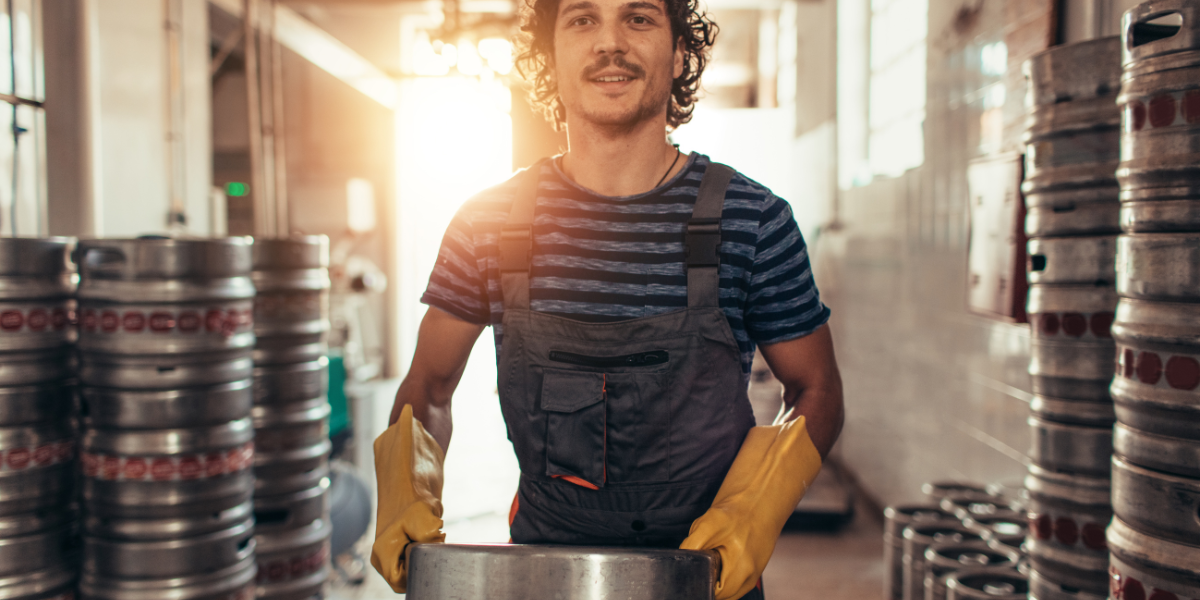
Managing costs in the alcoholic beverage industry can be challenging, especially with different pricing models. Average (actual) costing and standard costing both have their advantages and drawbacks — and it's important for alcoholic beverage companies to understand how each method works so they can make informed decisions about which approach is best suited to their needs.
For the uninitiated, average costing is an approach that involves the tracking of actual materials and labor costs of producing each item. Standard costing, on the other hand, is an estimate of expected cost created from predetermined prices for batches of items produced – often with less emphasis on the actual cost of individual products. With proper knowledge of average and standard costing methods, alc bev businesses can confidently brew, bottle, can and barrel the drinks they make while keeping their financial situation stable.
So, buckle up for a crash course on average vs. standard costing, how each method can impact alcoholic beverage companies, and why average costing is the Crafted ERP method of choice when it comes to managing cost of sales and inventories in your beverage software.
Standard Costing Breakdown
| BENEFITS | LIMITATIONS |
|---|---|
| Measurement of efficiency. Standard costs can be compared with actual costs. With respect to Crafted ERP + NetSuite, this is the evaluation of variances. | Determining standards can prove difficult. |
| Determination of employee responsibilities. This is generally not applicable within NetSuite/Crafted as employees generally don’t assign time within the system to tasks. | Expensive. The cost of gathering information to determine the standard is time-consuming and ongoing. |
| Helpful to determine production costs. Allows the organization to evaluate costs and find cost-reducing options for components. | Need for revised standards. Gathering data is ongoing as standards change periodically or even frequently depending on the data. |
| Helpful in managerial activities. Standard costing enables management to exercise effective control over production activities, helping them make decisions regarding the various elements of cost. | Not suitable for all producers. Standard costing is suitable only for companies in which production is uniform and of standard quality. |
| Easy accounting. Inventory and COGS are defined by a standard value, simplifying accounting activities. However, the availability of newer costing engines makes this point somewhat moot. | Dependent upon budgetary costing. Standard costing is a viable option only when budgetary techniques are used. |
From adding or updating standard costs on component items to cost rollups and inventory revaluations, maintenance of standard cost can be substantial – and expensive. Not only is determining standards time-consuming and burdensome, there can be a significant number of variances requiring constant analysis. Margins reflect a defined value with period-based adjustments for all variances, creating the potential for skewing when matching actual revenue to actual cost.
Average Costing BREAKDOWN
| BENEFITS | LIMITATIONS |
|---|---|
| Measurement of margins. The cost of production of items reflects the actual cost incurred in their manufacture ensuring that margins reflect the proper matching of revenues and costs. | Margin changes. In times of volatile price changes, margins can be erratic. |
| Inventory valuations. Inventory reflects the true investment of dollars in products from raw materials to finished goods. Inventories for some items can be reduced to reflect market pricing as needed. | Overhead evaluation. Depending on how overhead is allocated, costs may vary more dramatically from one period to the next. |
| Ease of computation. All managed by Crafted ERP in the lot numbering processes required by food items, the calculations don't require management of standards and variances are fewer. The need for revisions is eliminated. | Errors may be reflected in both inventory values and COGS reporting. |
| Helpful in managerial activities. Reporting of changes to costs over time can assist management in evaluating product pricing and purchasing options. | Perpetual inventor. This is often an issue for older beverage management systems that can’t efficiently manage inventory movement. Can be quite cumbersome. This is not a limitation for Crafted ERP. |
| Budgets. Costs can be measured against a stated value for production. |
Average costing is efficient and accurate. It's easy to implement and maintain and its results are crystal clear. Because it follows the matching principle in accounting, it reflects an accurate cost of inventories. Management of variance from expected costs take a different form but result in similar outcomes. Margin management can also be done effectively each period.

The costing choice is often determined more by the nature of the manufacturing than other criteria. Lot number/serialized product manufacturing is typically an average cost scenario. Costs are captured by lot and follow the lot to its consumed conclusion. Standard costing is used where production is more homogenous. Food and beverage production uses lot numbered raw materials and finished goods.
Crafted ERP is capable of managing both types of costing but we highly recommend that our customers use average costing. The costing engine for average costing is impressively efficient and generally a better fit for beverage manufacturing businesses looking for inventory value, price and overall efficiency of raw materials/labor, and total cost of goods produced. It also allows beverage producers to manage perpetual inventory by lot, seamlessly including updates for corrections. The lack of maintenance associated with standard cost as well as the efficiency of operations make average costing the clear choice when it comes to alcoholic beverage production.
As always, you can
contact us to find out more about our approach to costing and to discuss your company's specific needs. You may also want to check out this great piece on
Standard Costing vs. Average Costing from CFO University.
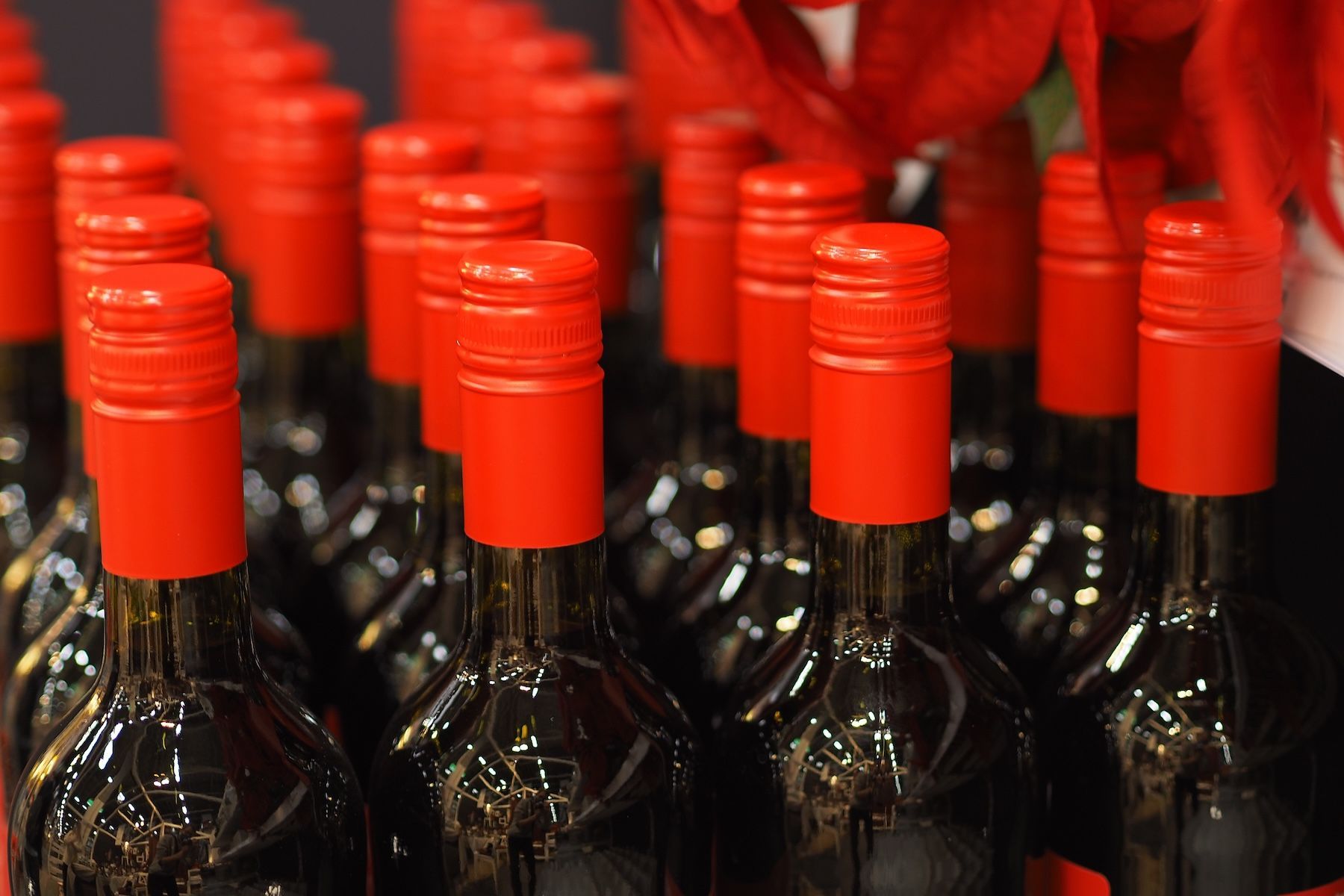
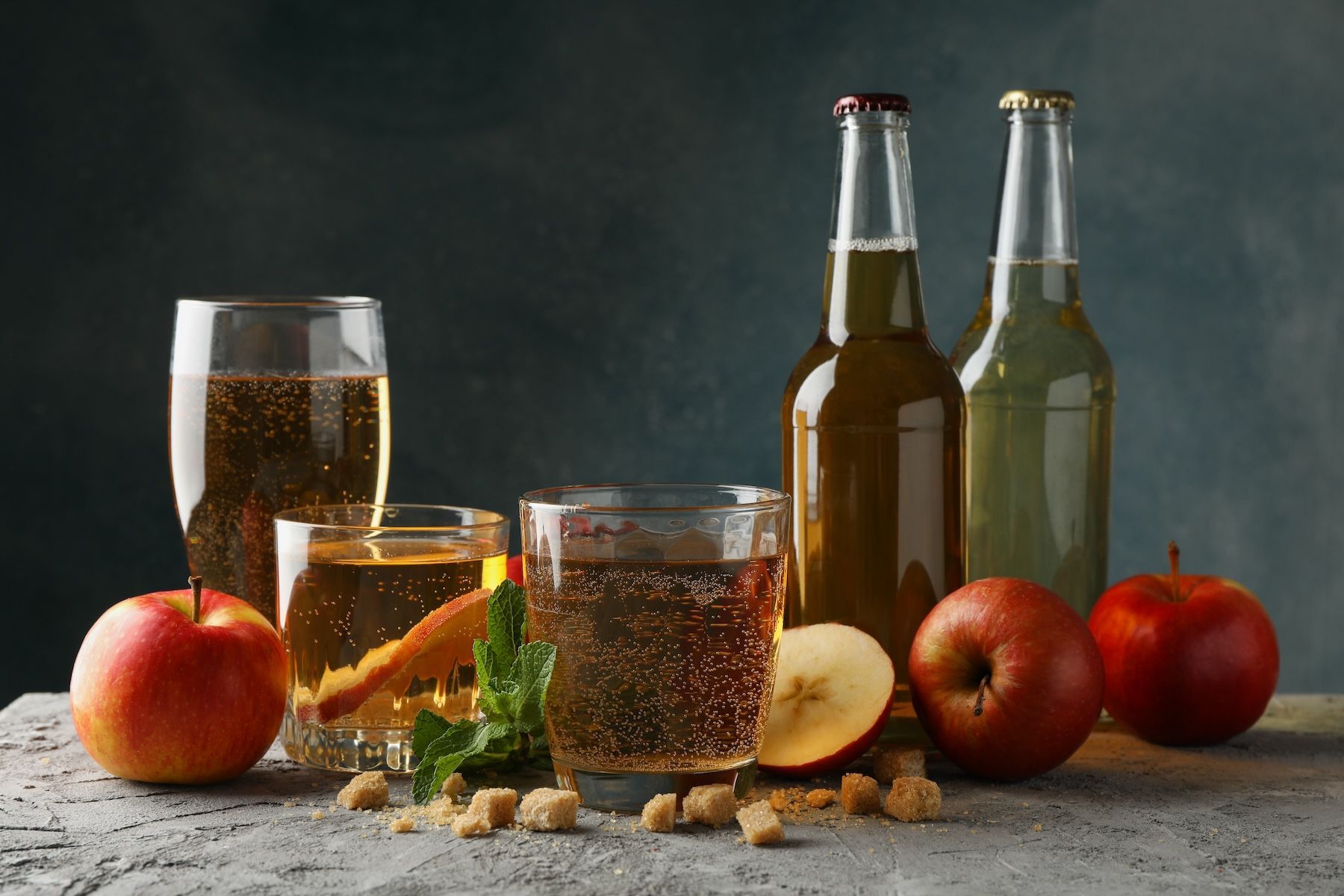


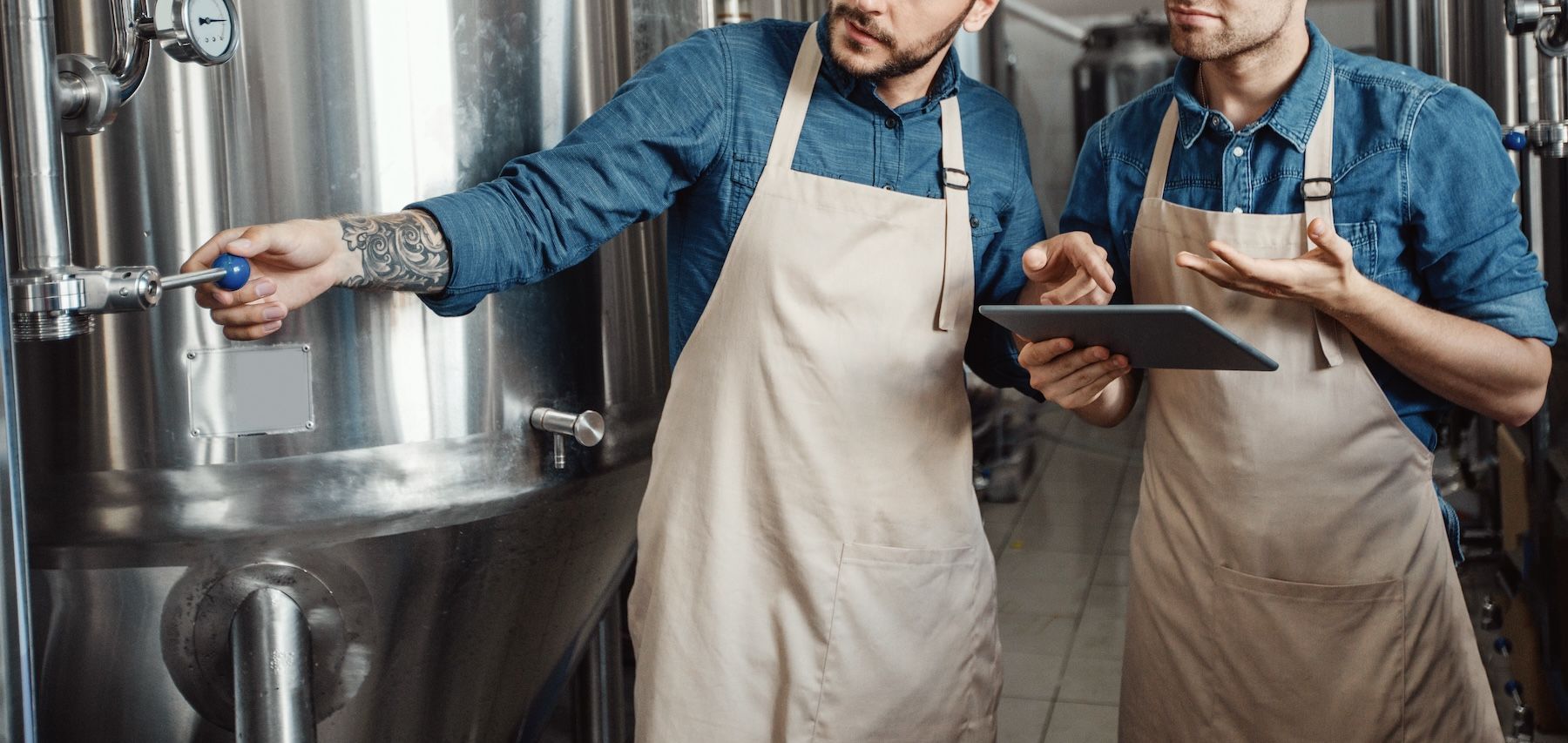



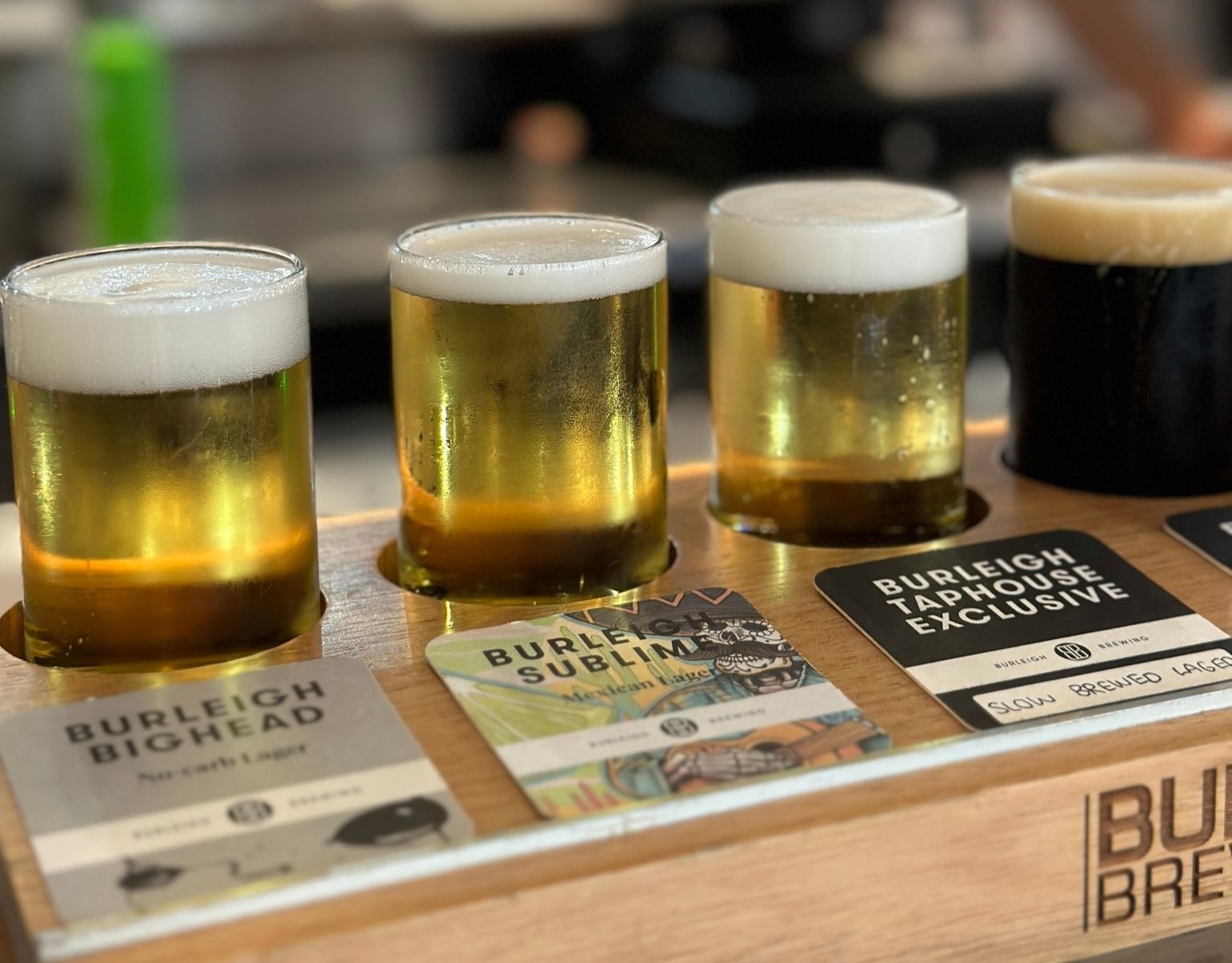
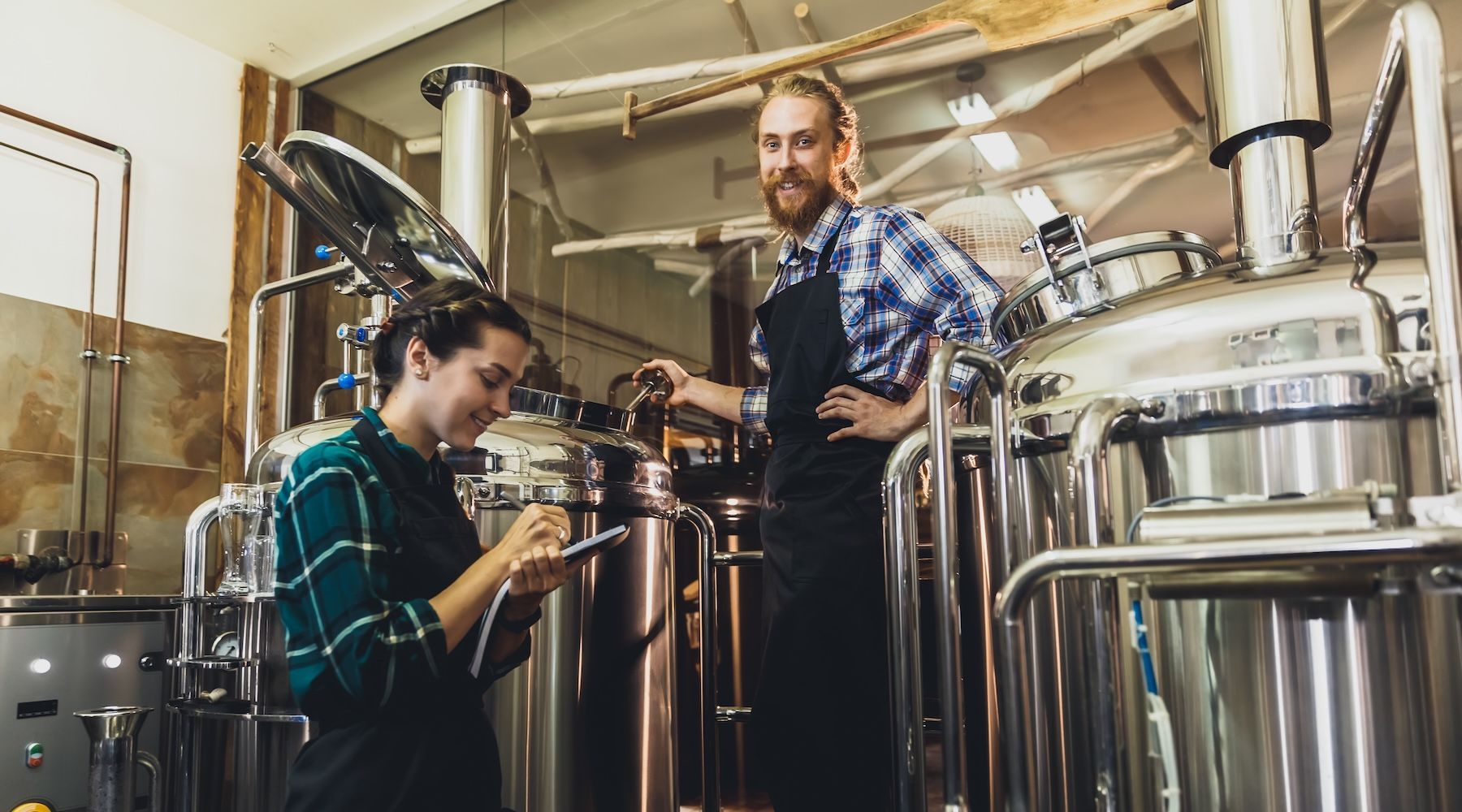
GET IN TOUCH
1512 Larimer Street, Suite #150
Denver, CO 80202
United States
(720) 699-0200
66 Goulburn Street
Sydney, NSW, 2000
Australia
+61 2 9044 1330

